Pair of Greek style vases made two patina bronze. Each, designed in the shape of a tripod amphora adorned with Hercules heads, is decorated in low-relief with ancient times sacrifice scenes. Many masks, vine branches, music instruments and other drinking cups complete that neo-Greek decor on the vase. Resting on moulded red griotte marble bases.
It is possible that this type of vase was edited from the bronze vase exposed by Ferdinand Levillain at the Salon of 1875 under the title The Sacrifice (No.1328). It was undoubtedly included under the title Amphora low reliefs sacrifice in the catalog published by Barbedienne in 1880.
Biography :
Ferdinand Levillain (Paris, 1837-1905) studied under the sculptor Jouffroy (1806-1882), before making his debut in 1861 at the French Artists Salon where he continued to exhibit until 1903. At the 1867 Universal Exhibition in Paris, he was praised for a Neo-Greek style bronze cup he made for the firm Blot and Drouard. He was not to become really famous, however, until 1871 thanks to his association with the great bronze founder Ferdinand Barbedienne, who began to exhibit Neo-Greek style lamps, cups, vases and candelabras on his stands. Levillain was overwhelmingly triumphant at the 1878 Universal Exhibition in Paris, where he was unanimously awarded the gold medal for his creations in the Classical style. The famous bronze caster Servant (1828-c.1890) declared in the report of the jury for Artistic Bronzes that the work of Levillain « chased like the finest jewels » and « so diverse and pure of form (…) are of the highest degree of perfection ». After receiving a first class medal at the 1884 Salon for a cup entitled « The Elements, the Months and the Seasons », Ferdinand Levillain went on to win a silver medal at the 1889 Universal Exhibition in Paris.
Born in 1810, Ferdinand Barbedienne started one of the most famous 19th century artistic bronze casting companies. He died in 1892. In addition to his personal production, he worked for famous artists such as Clésinger, Carrière-Belleuse and Guillemin. Barbedienne’s production was always highly esteemed and he was, himself admired by contemporary art critics who compared him during the 1878 Universal Exhibition to a « prince of industry and the king of bronze-casting ». In the catalogue of the Exhibition, Barbedienne was considered as the leader among 19th century bronze casters, because of the exquisit quality of his bronzes.
Levillain's Work in Connection
Orsay Museum, Paris : Gilded brass Vase with cover (OAO 68) ; A Neo-Greek style gilded brass Bowl (OAO 69) ; Beaux-Arts Museum, Lyon : Vases
Bibliography :
Bronzes d’art, F. Barbedienne, Paris, 1880, p.19.
F. Barbedienne, Catalogue des bronzes d’art, Paris, 1891, p.20.
F. Barbedienne, G. Leblanc-Barbedienne successeurs, Bronzes et objets d’art, Paris, 1911, p.79.
Stanislas Lami, Dictionnaire des sculpteurs de l’école française au XIXe siècle, t.III, Paris, 1919, Kraus reprint, 1970, p. 348.


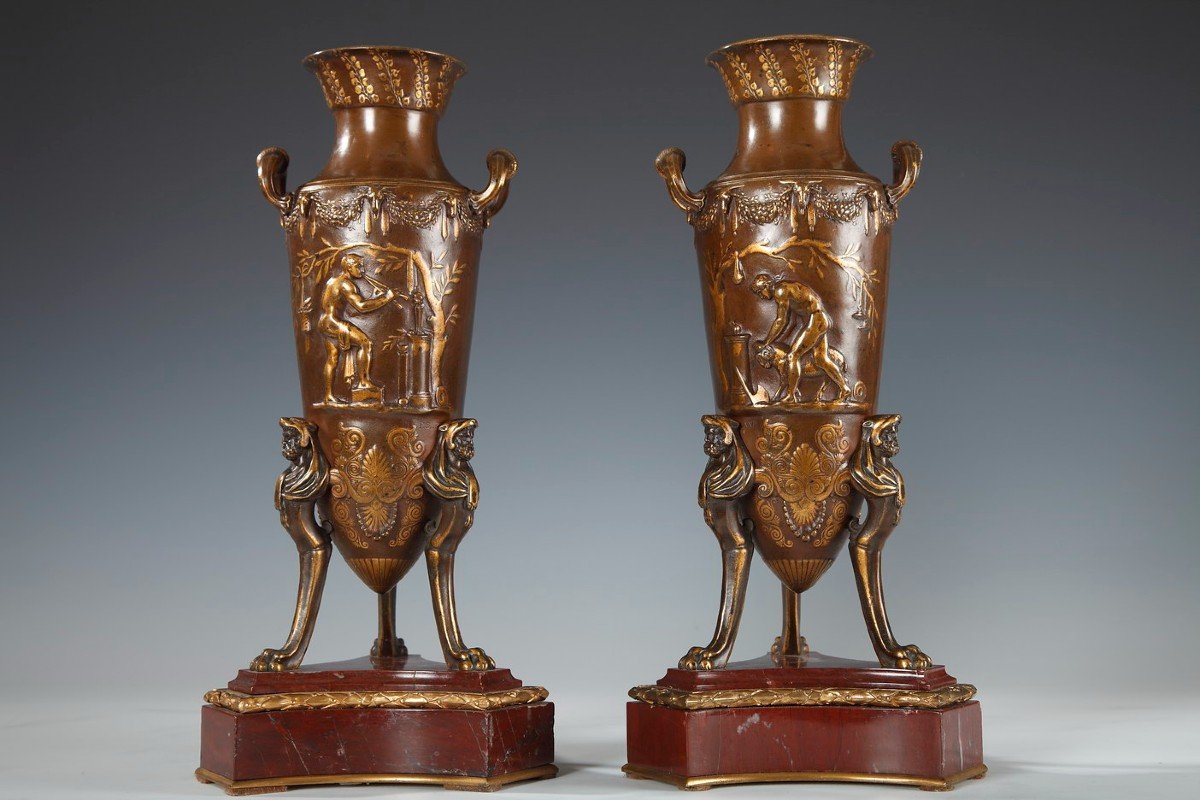
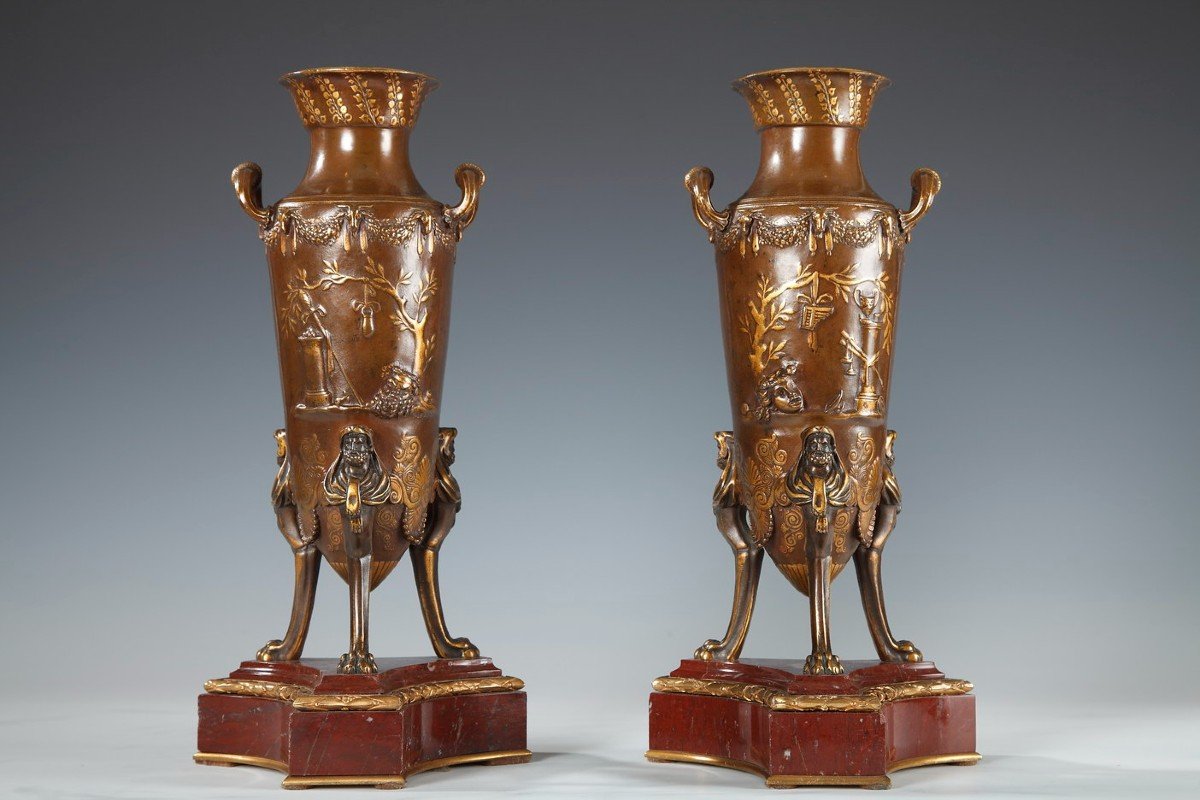
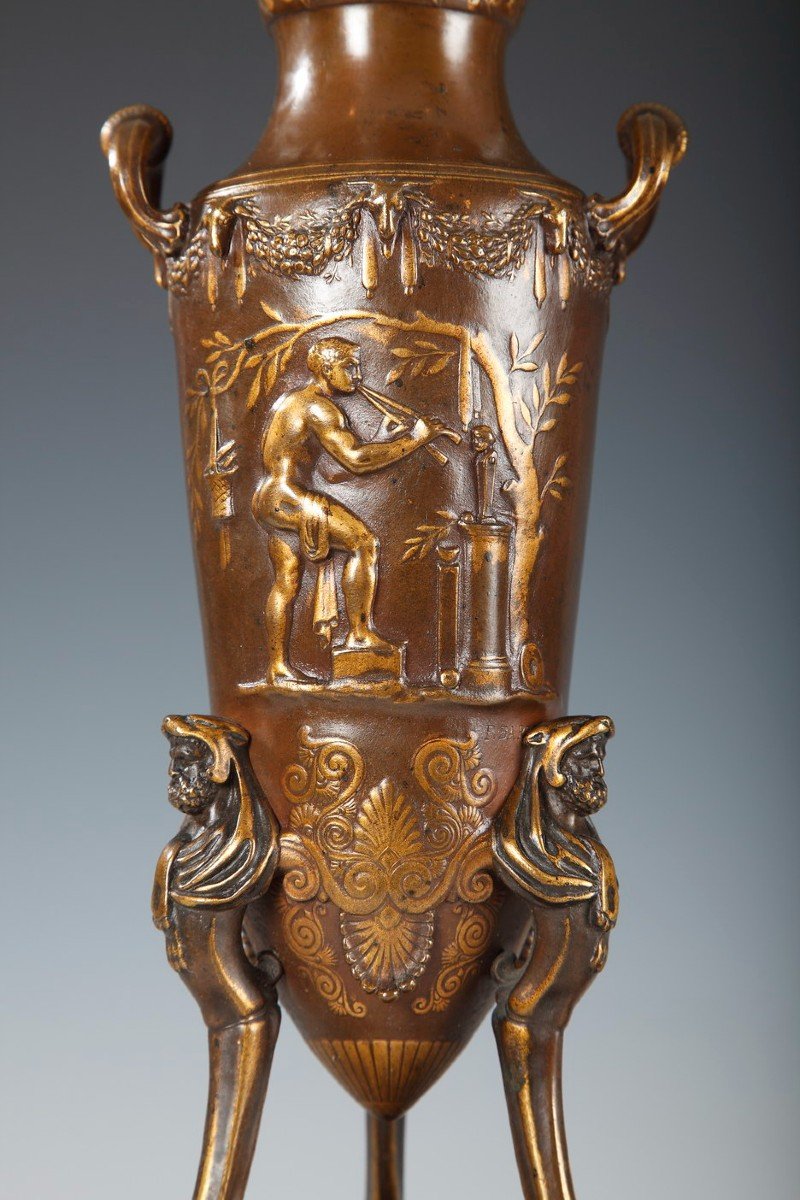
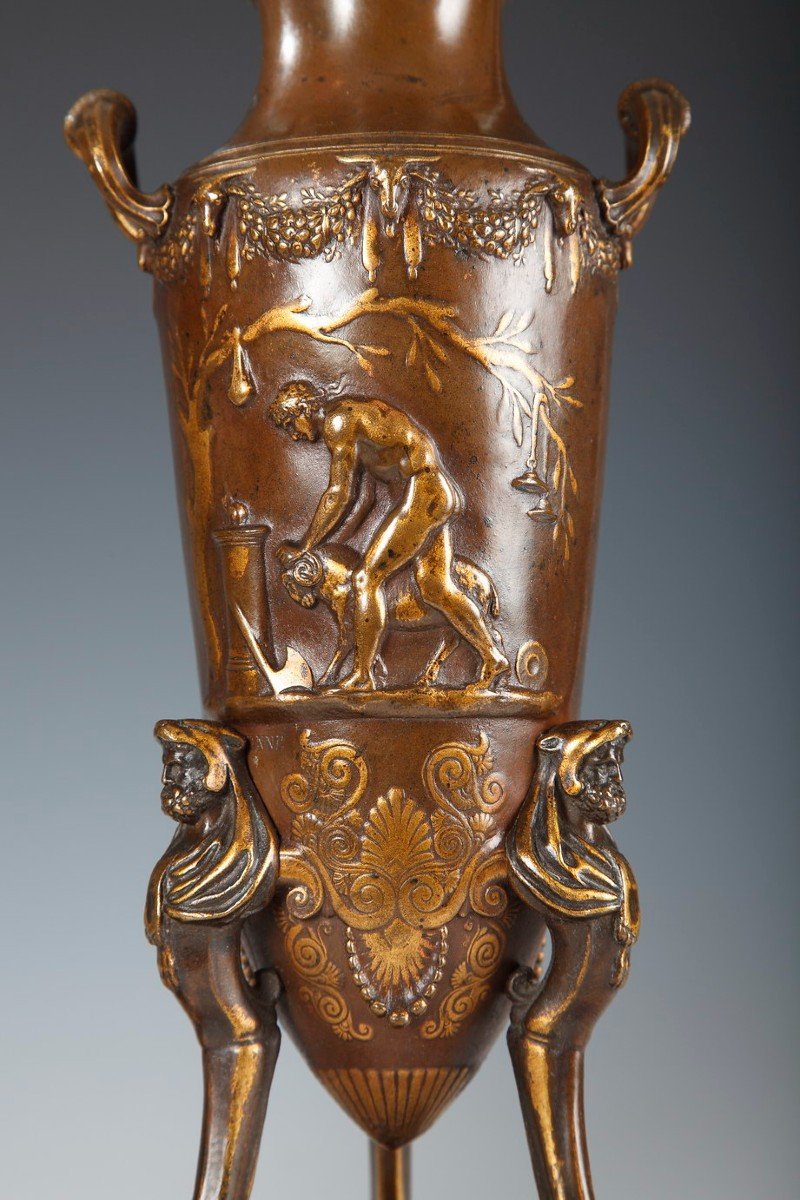
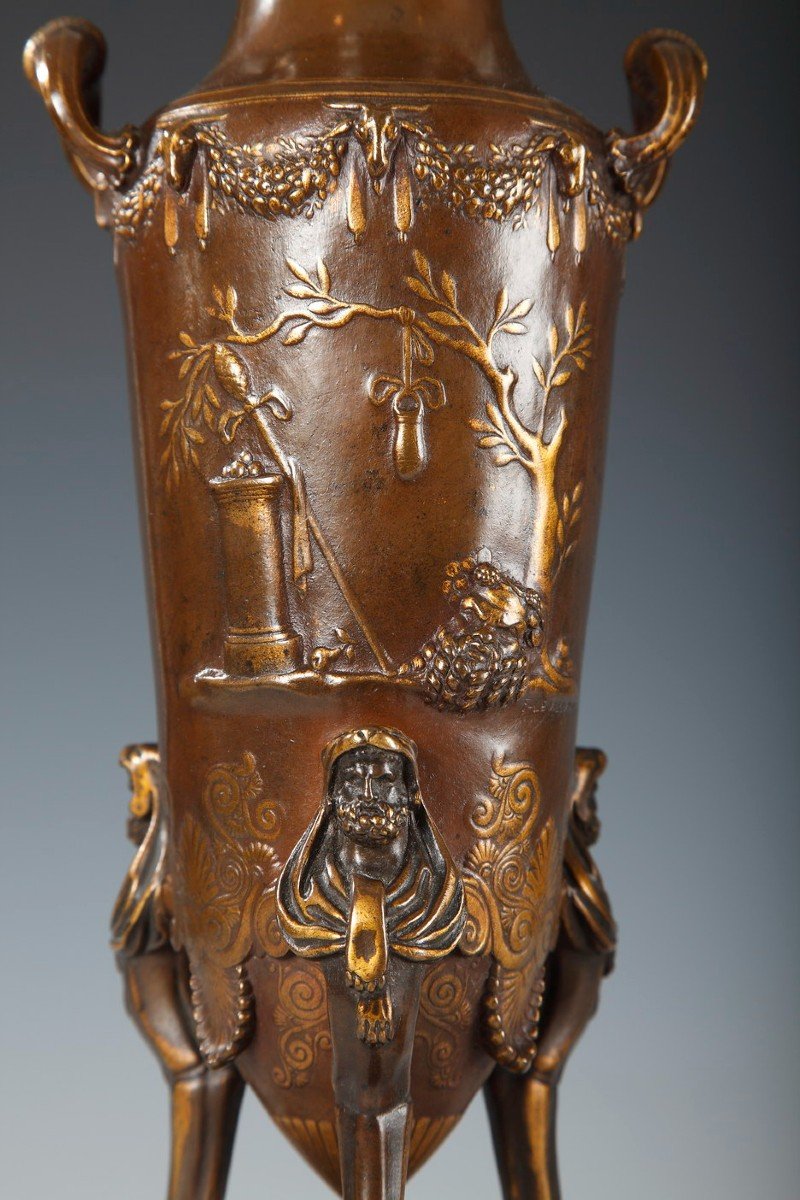
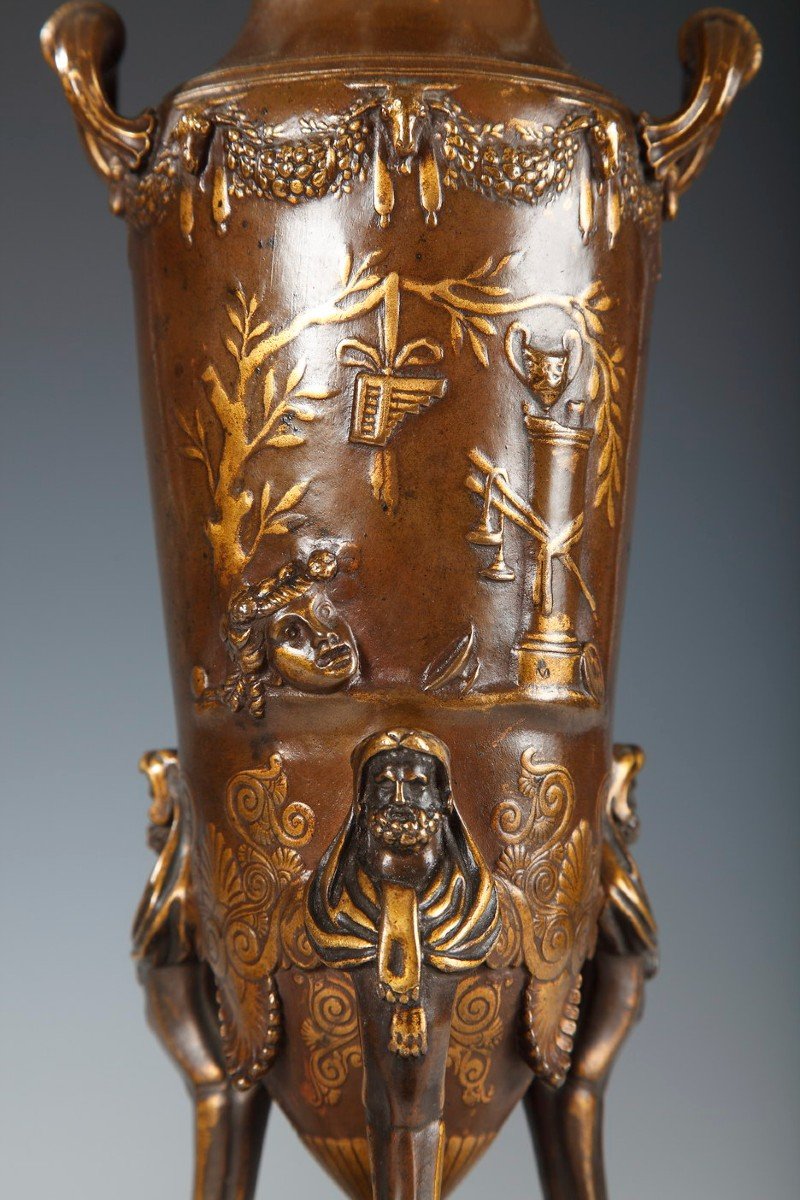
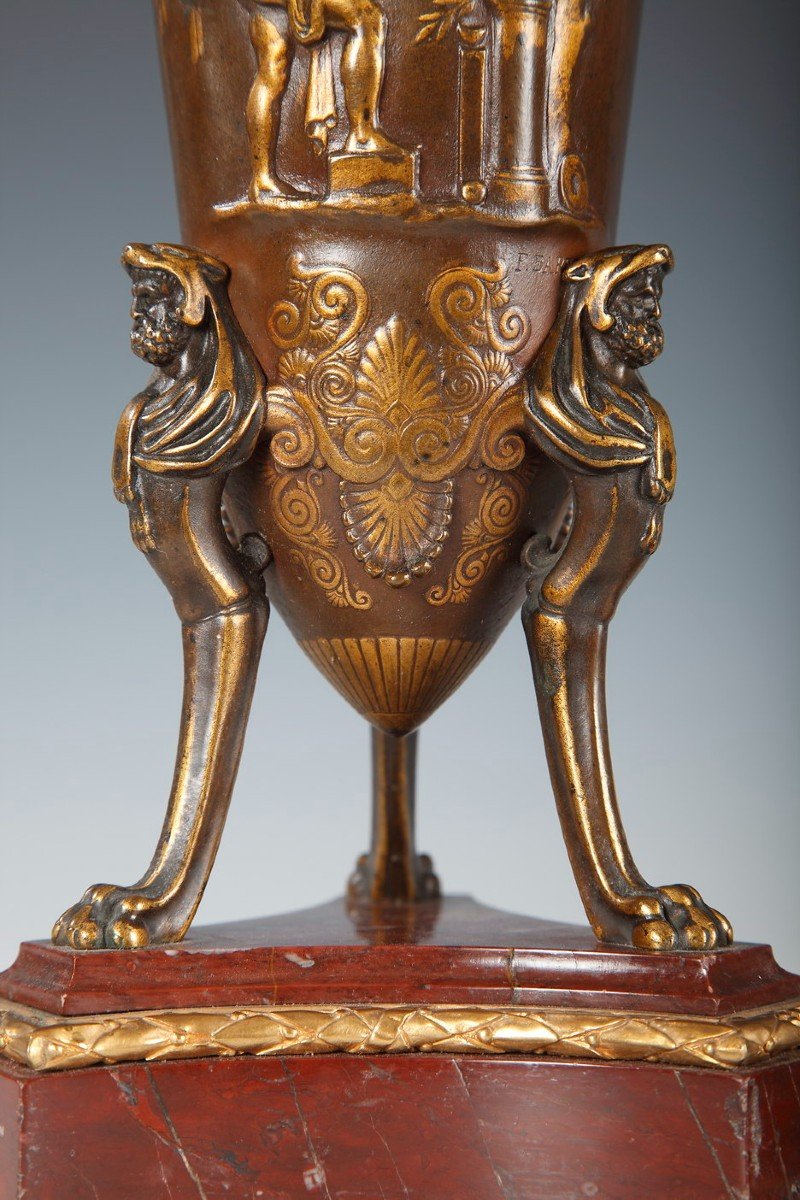
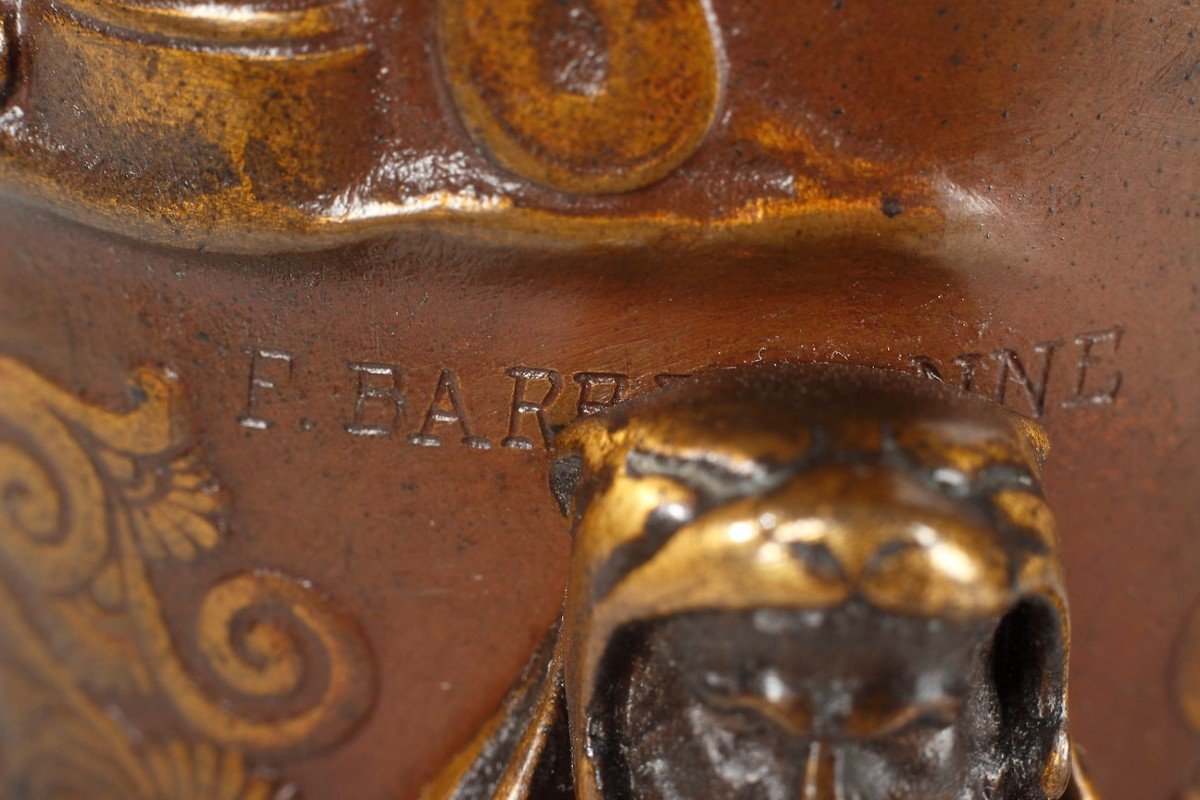
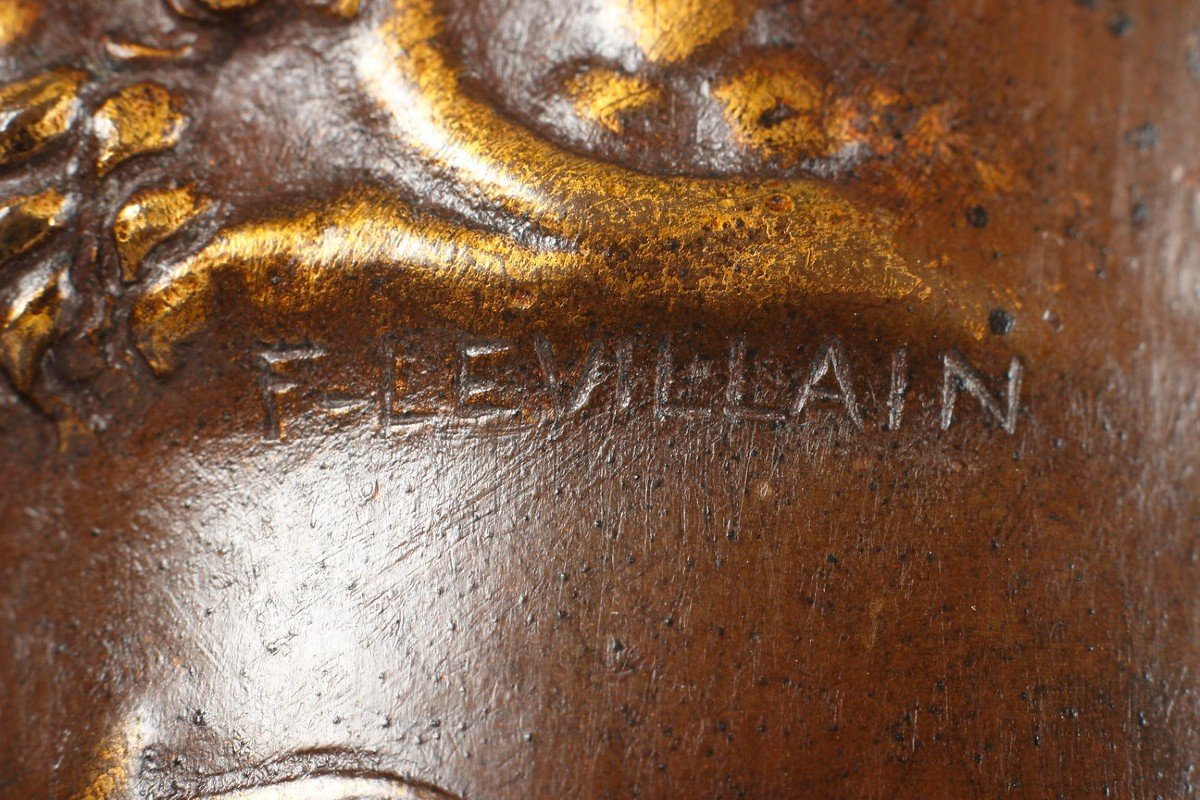











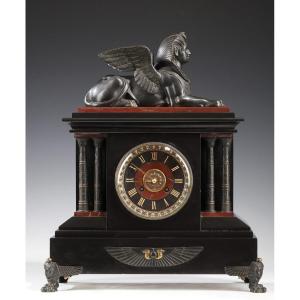


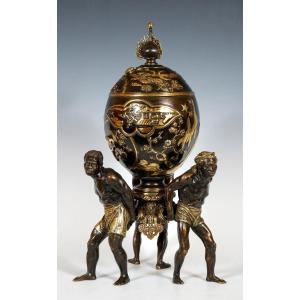
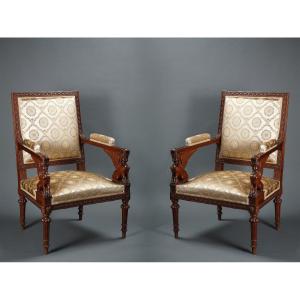
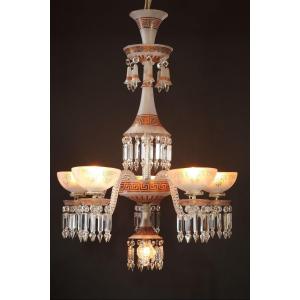

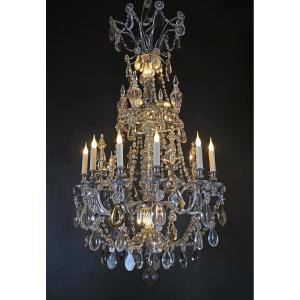









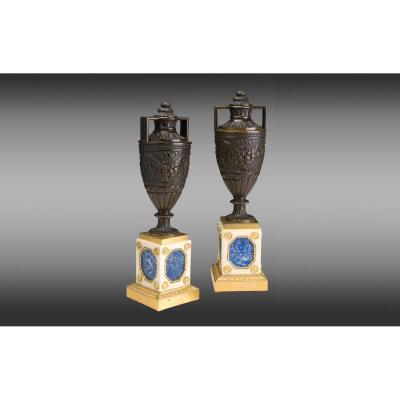



 Le Magazine de PROANTIC
Le Magazine de PROANTIC TRÉSORS Magazine
TRÉSORS Magazine Rivista Artiquariato
Rivista Artiquariato